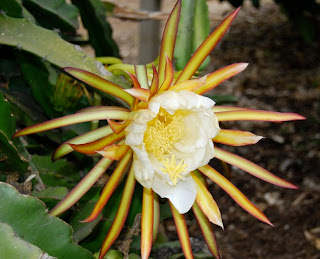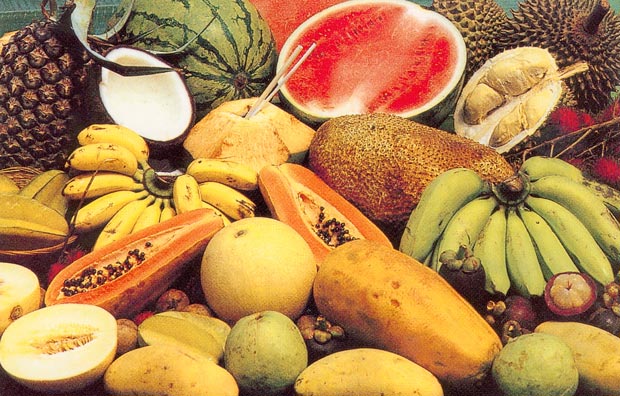Synonyms : Uvilla, Ground-cherry, Golden berry, Physalis, Aguaymanto, Inca berry, Poc-Poc [....].
Origin : Native to high altitude tropical lands in South America. More precisely, Physalis is native to Andean region of Venezuela (between 800 and 3000 meters high). However, fruits were cultivated in South Africa, in the region of the Cape of Good Hope during the 1800s: it is presumably the origin of its common name, Cape goosberry.
Area of Culture : After the cultivation of these fruits in the Cape of Good Hope, they developed in Australia. Now, Cape goosberries have spread to a large scale in the world and have naturalized in tropical regions around the world.
 Description : Physalis is a perennial plant reaching from 1 to 2 feet in height: it is usually small, like tomato plant. The plant has green hairy leaves. The yellow flower is hermaphrodite. The fruit is a small round berry about the size of a marble with a lot of small yellow seeds in it. The colour of the ripe fruit is yellow or orange. The fruit is surrounded by a calyx: a kind of pod which looks like a lantern.
Description : Physalis is a perennial plant reaching from 1 to 2 feet in height: it is usually small, like tomato plant. The plant has green hairy leaves. The yellow flower is hermaphrodite. The fruit is a small round berry about the size of a marble with a lot of small yellow seeds in it. The colour of the ripe fruit is yellow or orange. The fruit is surrounded by a calyx: a kind of pod which looks like a lantern.
Climate conditions : Cape goosberry grows best in tropical areas with not quite hot temperatures (warm temperatures). The plant needs also to be covered from frost because the aerial part of the plant is nipping at (- 3°C). Howling winds can damage or kill the plant.
 Cultural method : Plants are propagated by seeds or by stem cuttings. Physalis can grow in most soil types. It can accept very poor soils to grow and also to be cultivated in pots. However, Cape goosberry feared misdrained soils and suffocating one. Densities of population do not exceed 6500 to 11000 plants per hectare. We have to provide lots of water thoughout the growing period of time except when the fruit begins to ripe. Physalis can be cultivated as an annual or as a biennial plant.
Cultural method : Plants are propagated by seeds or by stem cuttings. Physalis can grow in most soil types. It can accept very poor soils to grow and also to be cultivated in pots. However, Cape goosberry feared misdrained soils and suffocating one. Densities of population do not exceed 6500 to 11000 plants per hectare. We have to provide lots of water thoughout the growing period of time except when the fruit begins to ripe. Physalis can be cultivated as an annual or as a biennial plant..bmp) Uses : The fruit is commonly eaten raw but it can also be used in jams, jellies or pies [....]. It is also popular to find cape goosberries in a restaurant used as a garnishment for a table or a dish because of their appearances with husks. In South America, fruits are also used in medicine because of their diuretic properties.
Uses : The fruit is commonly eaten raw but it can also be used in jams, jellies or pies [....]. It is also popular to find cape goosberries in a restaurant used as a garnishment for a table or a dish because of their appearances with husks. In South America, fruits are also used in medicine because of their diuretic properties.







